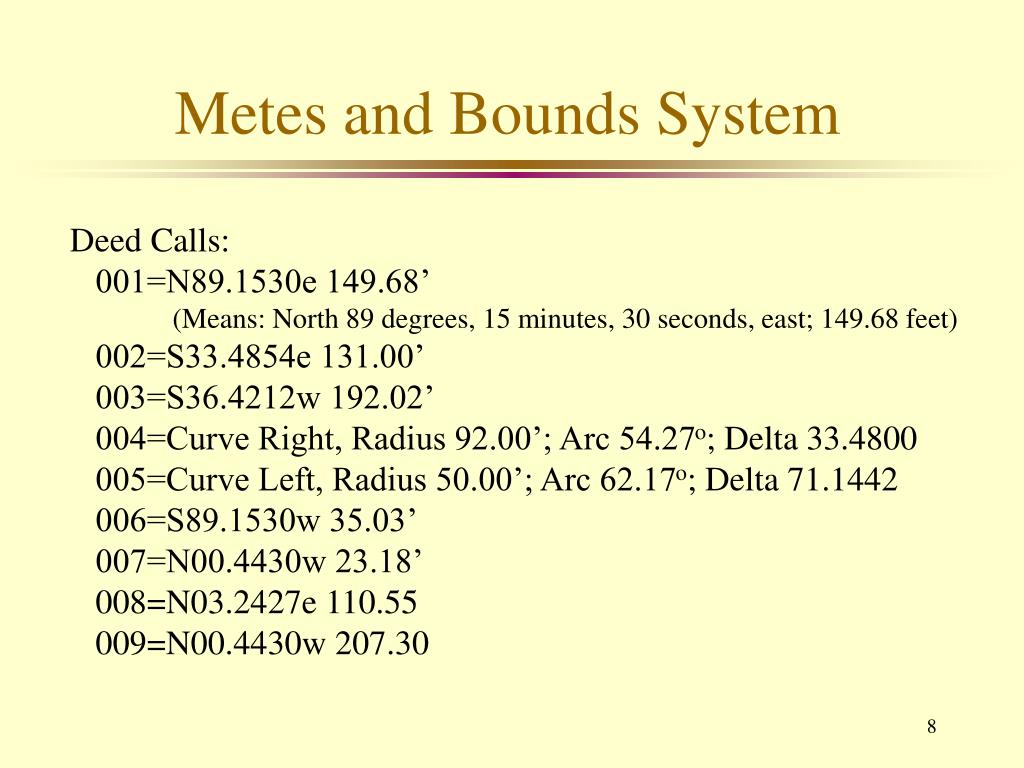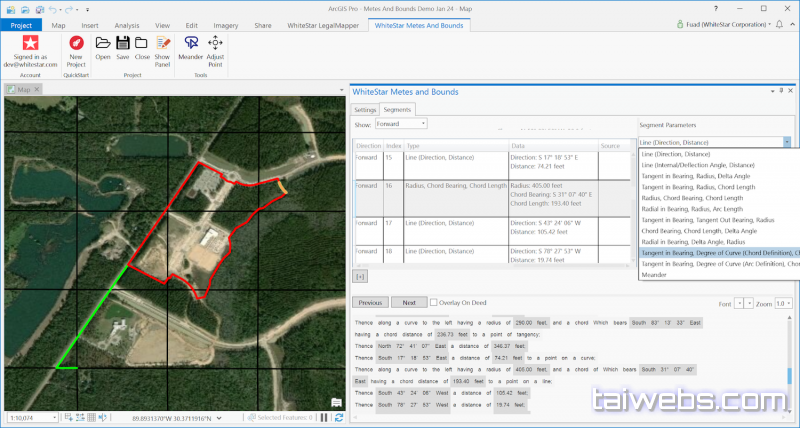

Similarly, 1 square chain equals 16 square poles, and 10 square chains equal 1 acre (ibid.: 32).Ī notation such as "N 63 W 141 po." in a deed refers to a compass direction of 63 degrees to the west from magnetic north, and a distance of 141 poles.

This made much easier the physical measurements in the field and later conversion of units for making the drawings (Hughes 1979: 32). A surveyor could thus take physical measurements in the field using these lengths of chain and divisible numbers of links, and then convert the measurements to poles or feet for later drawing of a survey of the property's boundaries. He created the chain as divisible by 100 by making it in lengths of 100 links totalling 4 poles, or 66 feet. A surveyor measured the size and boundaries of a property using lengths of measures such as "chains" and "poles." In 1620, Edmund Gunter developed and introduced into use a measuring chain which was later called a "Gunter Chain." He based the length of this chain on the English statute which set one "pole" equal to one "rod" and both equal to 16 1/2 feet. Surveyors in Virginia in the 1700's and 1800's followed surveying (measuring) and platting (drawing) methods, and used standardized units of measure, that were created in England and elsewhere. to pointers," require some explanation to be useful. Many of the deeds quoted here set forth the "metes and bounds" of a property, which consist of a surveyor's description of the boundaries of the tract.

An Account of James Monroe's Land Holdings An Account of James Monroe's Land Holdings


 0 kommentar(er)
0 kommentar(er)
